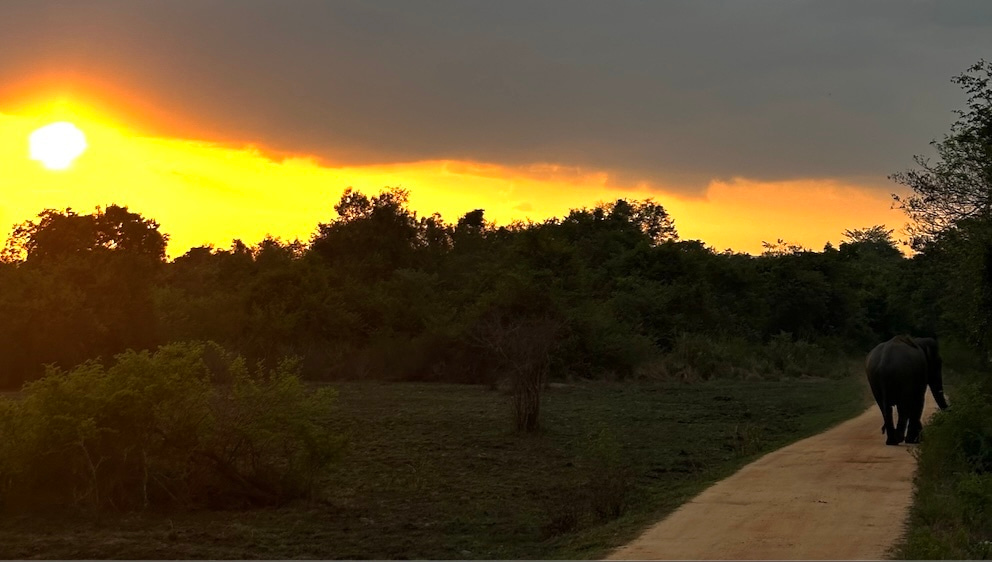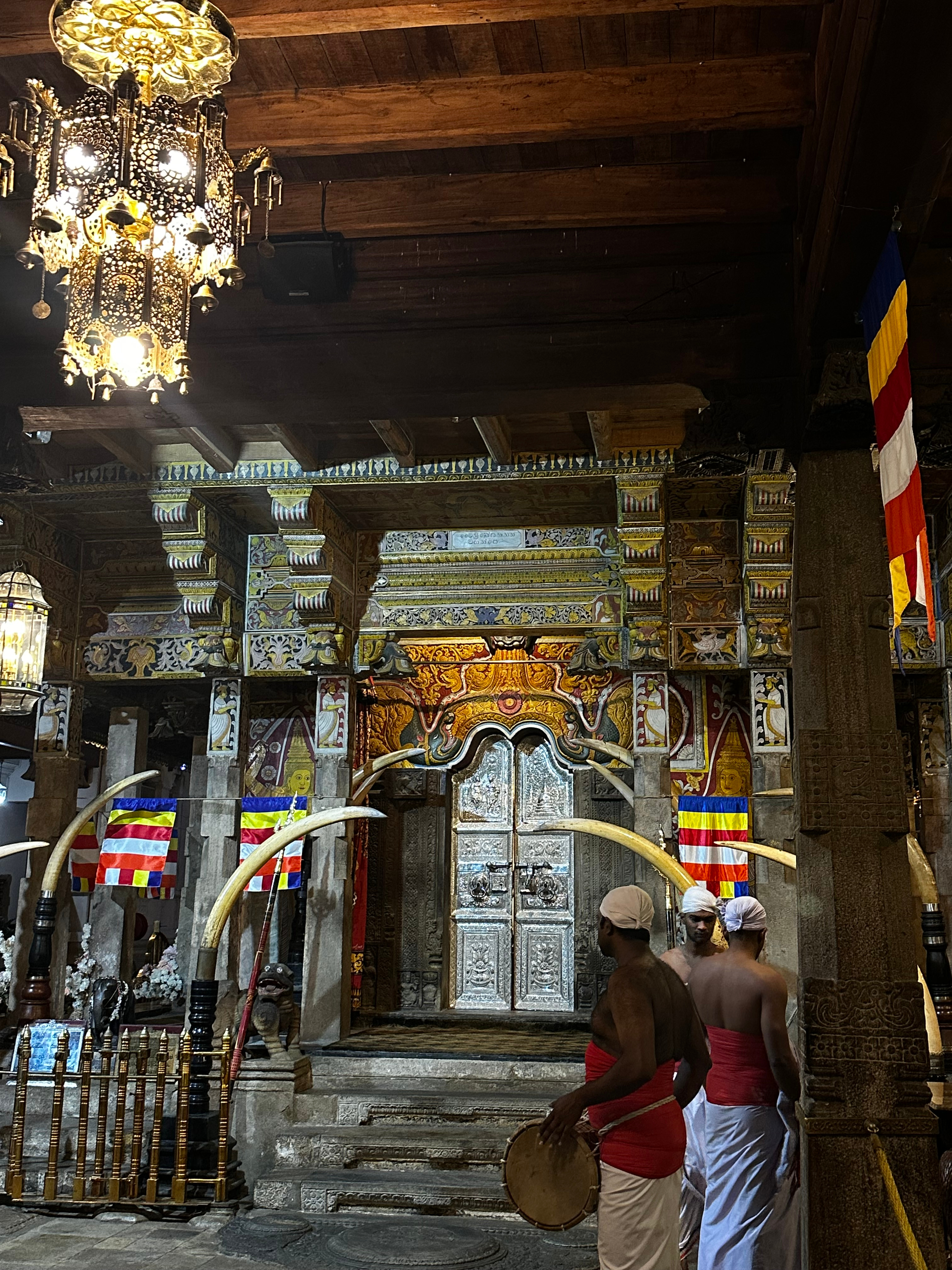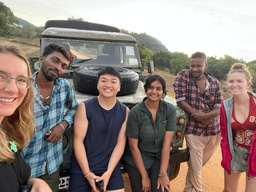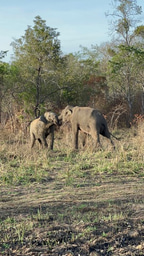Elephants and People | "Saving eles by helping people"

Through my time in Sri Lanka, I've come to learn and appreciate the deep complexities that underpin the often overly generalised human-elephant conflict (HEC) stories.
With SLWCS, while we partook in numerous impactful conservation projects, the one that personally stood out to me and I found most influential was the HEC survey. This was one of the few outreach programmes where we got the opportunity to directly converse and interview affected farmers. Through these more intimate settings, an entirely new perspective is often unveiled. Farmers needing to stay overnight up in tree huts for weeks to protect their field, ineffective mitigation methods provided by the government, months of income lost with an single crop raid, unexpected deaths... the woes goes on.
Despite the trouble and loss, whenever the final question ("What do you think of the elephants that live among you?") is posed, it is consistently answered with much grace and empathy. Almost everyone agrees that the elephants are not to blame, their intrusion into human society being purely borne from the rapid encroachment of their natural habitat. They hold the belief that the elephants have as much of a right to live in these areas as they do, with the common sentiment being a wish for peaceful co-existence and stronger support from the government in reducing HEC rates.

Furthermore, through interactions with locals and SLWCS field biologists, culture and religion plays a very influential in framing the public's perception towards elephants. Being a majority Buddhist country (~70%), elephants are often revered and upheld with immense cultural importance. It is believed that the Buddha's mother dreamt of a great white elephant before his birth and that Buddha himself might have reincarnated as an elephant in previous lives. Hinduism (Sri Lanka's 2nd largest region) also has significant relations with elephants for example their elephant-headed god, Ganesh. This holds true with other 'invasive' animals like peacocks with gods like Mahamayuri (the Great Peacock King) and Guan Yin being associated or riding peacocks, preventing their killings in fear of angering these gods. However this belief has inadvertently resulted in the targeted killings of female peacocks. The logic being that these gods are only associated with the males, thus permitting the killings of their female counterparts.

Sri Dalada Maligawa (Temple of the Sacred Tooth Relic)
Being able to experience first hand how centuries of history and cultural beliefs trickle down into everyday actions really exposed me to a new dimension of conservation and human-animal relationships. It was illuminating to be reminded how nothing is really black and white, there're tons of unseen layers to this conflict that we would often overlook just from a lack of engagement. SLWCS's core philosophy of "Saving elephants by helping people" couldn't be more true.





Please sign in
If you are a registered user on Laidlaw Scholars Network, please sign in